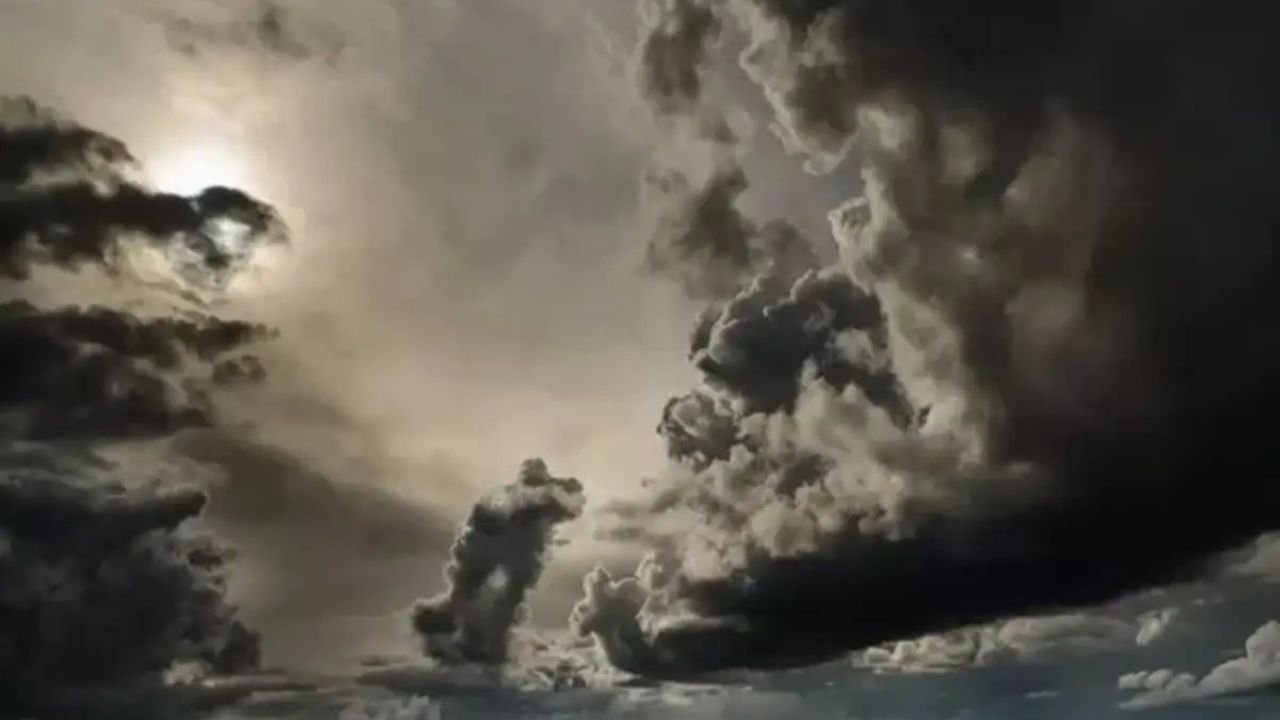Southern Ontario is bracing for a volatile mix of fall and winter weather, with thunderstorms, strong winds, and powerful lake-effect snow squalls expected over the coming days. Last week’s widespread snowfall signaled winter’s arrival, yet the region remains in meteorological fall — setting the stage for a dramatic clash of seasons.
Fall–Winter Weather Collision
Though southern Ontario will avoid the freezing rain and heavy snow affecting the Ottawa region and southern Quebec this weekend, residents should not expect calm weather.
A fast-moving clipper system sweeping through northern Ontario is generating strong airflow, triggering a blend of autumn storms and early-winter conditions across the province.
Travelers and commuters should closely monitor Sunday and Monday forecasts due to potential disruptions.
Saturday: Thunderstorms Build
A vigorous southerly flow fueled by the approaching clipper system will set the stage for storm development on Saturday.
- A cold front arriving late afternoon may spark thunderstorms, mainly stretching from London to Niagara.
- After the front passes, winds will shift to the northwest and intensify overnight.
Sunday: Strong Winds Take Over
Sunday is expected to be a windy and turbulent day for much of southern Ontario.
- Wind gusts between 60–80 km/h are likely.
- Strongest gusts expected atop the escarpment and along the Lake Huron shoreline.
- These powerful northwest winds will activate lake-effect snow squalls, becoming more organized by Sunday evening.
Primary Squall Zones
- Lake Huron squalls: Targeting areas from London to Woodstock
- Georgian Bay squalls: Affecting regions from Collingwood to Highway 400 south of Barrie
Monday: Lake-Effect Snow Intensifies
Although winds will ease slightly on Monday, they will remain strong enough to continue generating lake-effect squalls across the region.
- A rare triple-lake band may form, beginning over *Lake Superior, extending through **Lake Huron, and reaching *Lake Erie — spanning nearly 1,000 km.
- Snowfall accumulation will vary sharply across short distances.
- Some locations, particularly in *southwestern Ontario, could see *20 cm or more where squalls stall.
Conclusion
Southern Ontario is preparing for a turbulent stretch of weather as fall and winter systems collide. From thunderstorms to windstorms and heavy lake-effect snow, residents should stay alert, check updated forecasts, and prepare for rapidly changing conditions. Awareness will be key to navigating this multi-day storm event safely.
FAQ
1. Why is southern Ontario experiencing multiple types of storms at once?
Because the region is transitioning between meteorological fall and winter, clashing air masses combined with a clipper system create mixed storm activity.
2. Which areas are most likely to see lake-effect snow?
The most intense squalls are expected from London to Woodstock and from Collingwood to areas south of Barrie along Georgian Bay.
3. How much snow could fall during this event?
Localized amounts may reach or exceed 20 cm, especially where snow squalls remain stationary for long durations.
